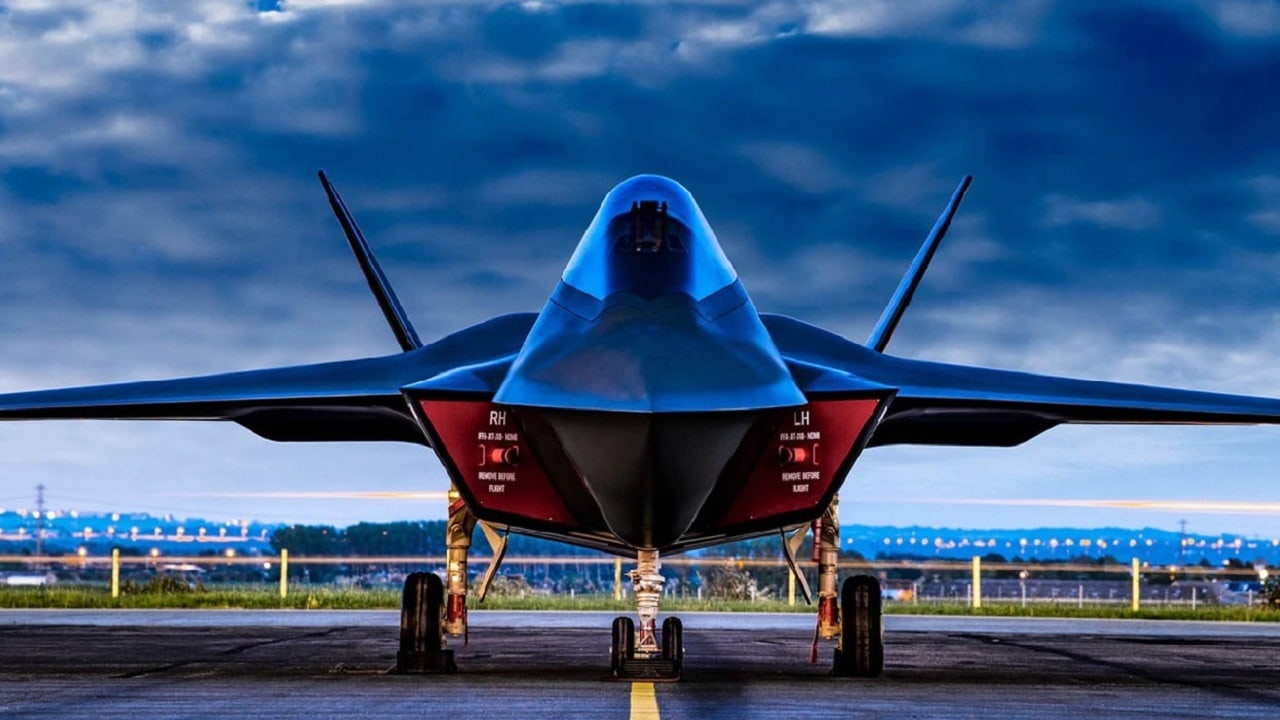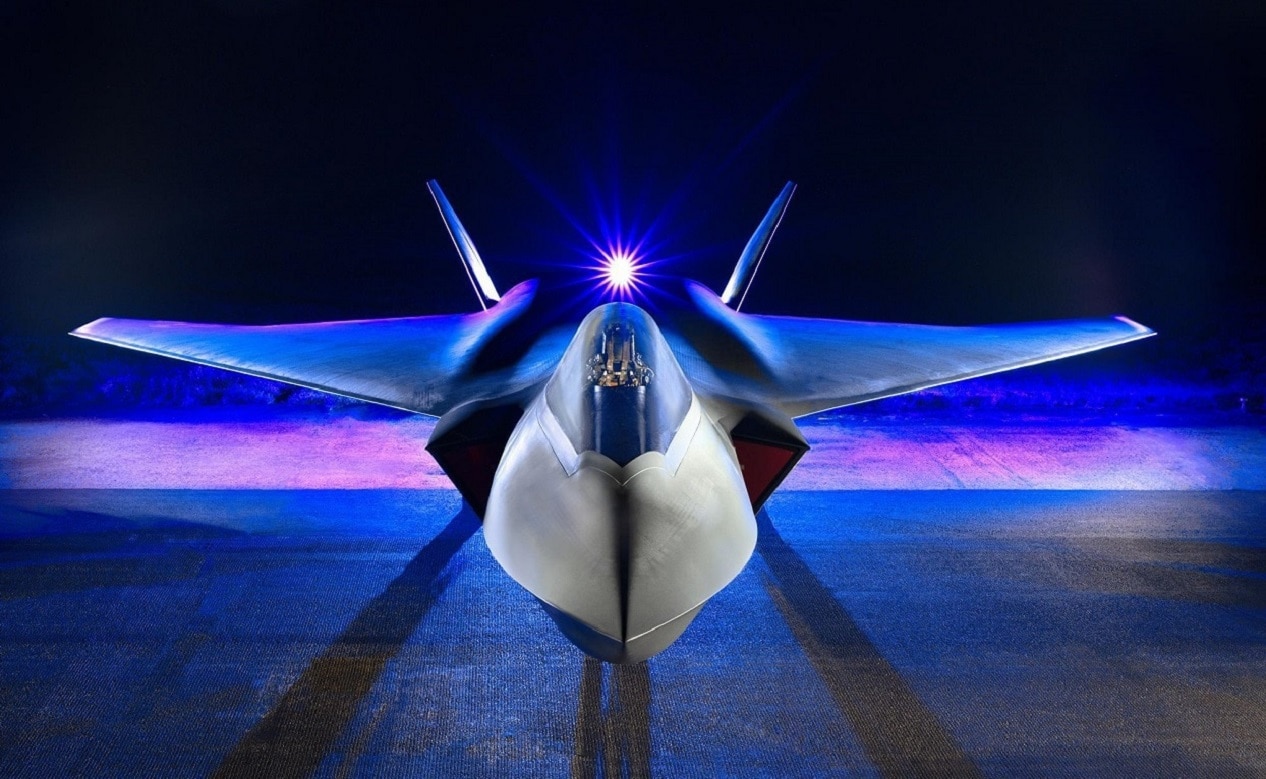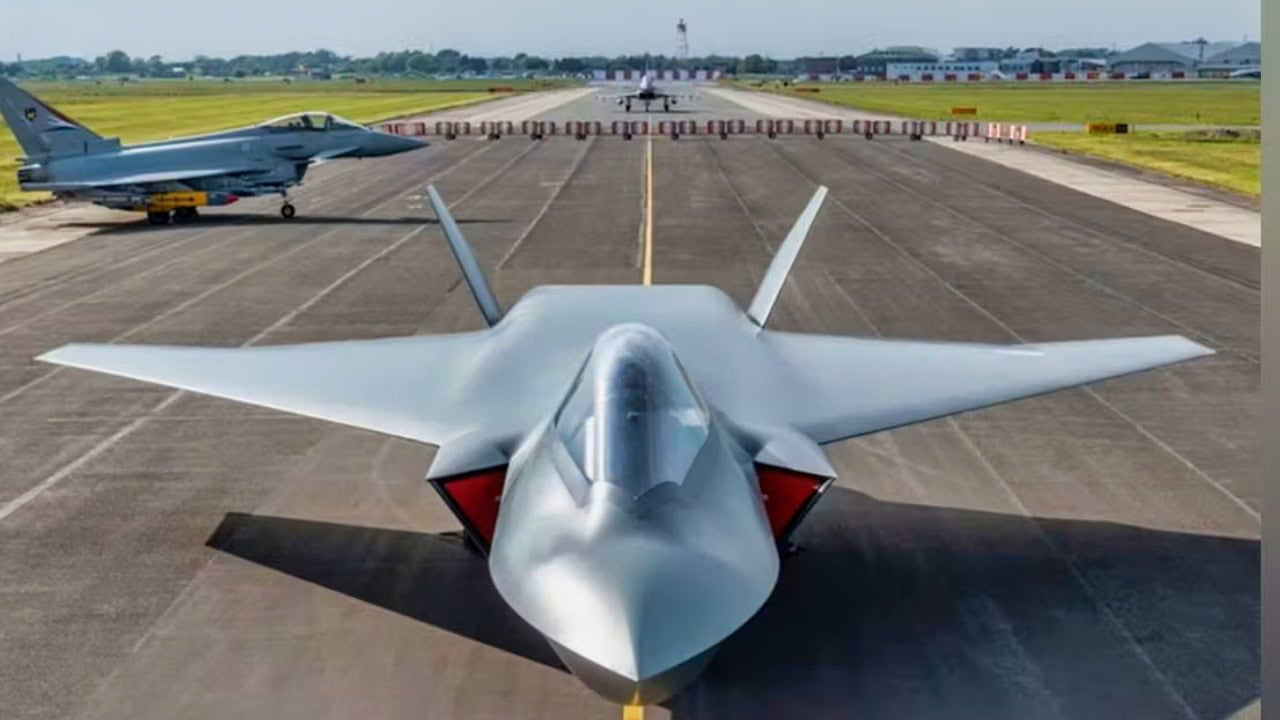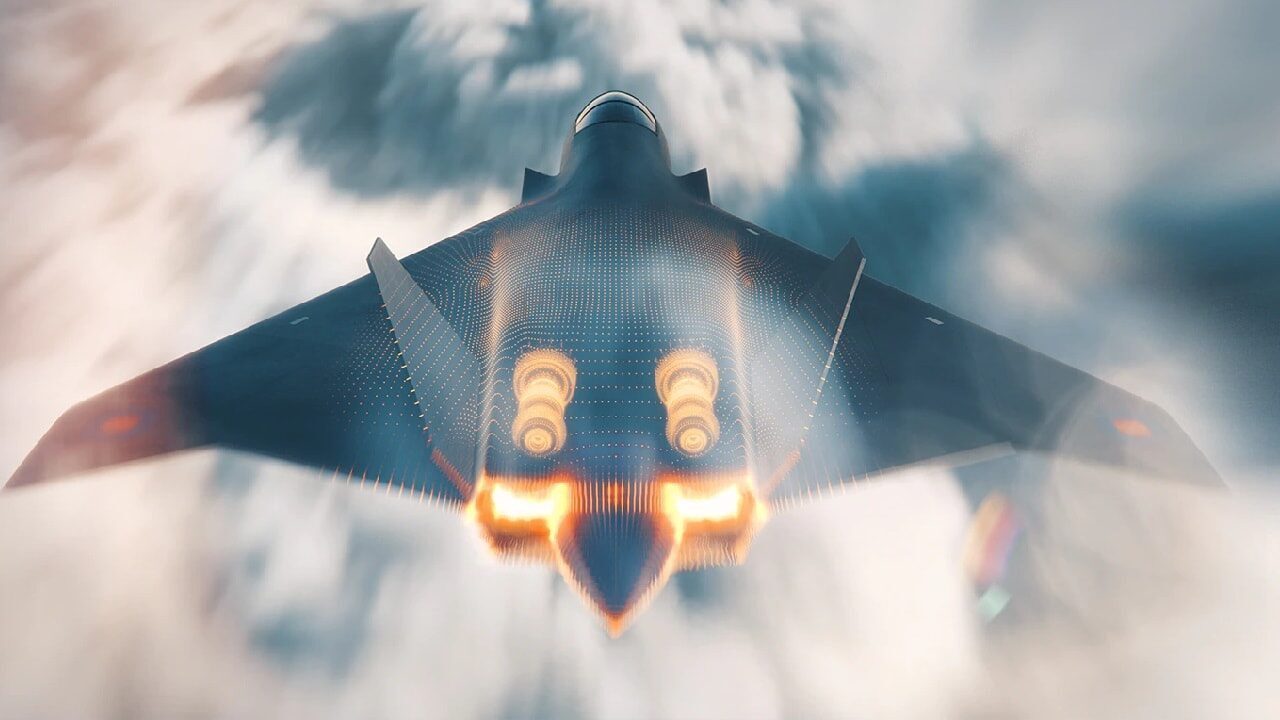Key Points: While the F-35 and F-47 dominate the headlines, the GCAP program continues to pick up steam.
-Saudi Arabia’s potential entry into the UK-Italy-Japan Global Combat Air Programme (GCAP) presents both opportunities and challenges for the sixth-generation fighter project.

Artist Rendering of Tempest Fighter.
-Saudi funding could significantly alleviate the massive development costs faced by the current partners.
-Riyadh is motivated by its Vision 2030 goal of boosting domestic defense industry and gaining access to advanced fighter technology otherwise unavailable (like the US F-35).
-However, Japan reportedly harbors security concerns about sharing sensitive technology due to Saudi Arabia’s relations with China and Russia.
GCAP Update
Adding a fourth partner also risks complicating program management and potentially compromising the final aircraft design.
The Global Combat Air Programme started in 2022 as a joint venture between Japan’s Mitsubishi Heavy Industries, the United Kingdom’s BAE Systems, and Italy’s Leonardo. The partners in the GCAP project seek to see the technologies necessary for building a sixth-generation platform to maturity.
One of the pressing questions regarding the project is cost — namely, how the three countries, despite their relatively large economies, will adjust defense budgets to fund what could be an incredibly difficult initiative — most particularly as neither of the countries has fielded a home-grown fifth-generation fighter, let along a sixth-generation aircraft.
One potential solution—but with its pitfalls—would be to include a fourth, deep-pocketed partner with plenty of cash to invest in a big-ticket project like the Global Combat Air Programme.

Tempest Stealth Fighter. Artist Image from BAE.
The Saudi Arabian Angle
There could be a significant advantage to Saudi involvement in the GCAP program, namely, the amount of cash it could bring to the fledgling program.
As with any advanced sixth-generation fighter, the program’s development will be numbered not in the millions — and perhaps not in the billions — but potentially in digits amounting to a trillion if the lifetime costs of the F-35, a fifth-generation program, are anything to go by.
Spreading out the financial costs of the program would no doubt be an important goal for GCAP participants.
Saudi Arabia is also firmly established as one of the main arms-importing powers in the world. It purchases a substantial amount of kit from its close partner, the United States, as well as other European arms manufacturers.
Getting Defense off the Ground and into the Air
In Riyah’s pursuit of self-sufficiency, Saudi Arabia has decided to invest in building up its defense industry and wean itself off of foreign platforms.
To that end, Saudi Arabia’s Vision 2030 project would like to localize 50 percent of its defense spending domestically.

Tempest 6th Generation Stealth Fighter. Image Credit/Artist Rendering from BAE Systems.
The GCAP aerospace project could be an important move in that direction if only Saudi Arabia can convince all GCAP participants that their participation is worthwhile and a safe partner to share sensitive aerospace technology.
“I think [joining] the program [GCAP] is important to Saudi Arabia and it’s managed by MoD. And we are part of that from the localization point of view. There is a serious discussion [as] Saudi Arabia is very keen on the sixth-generation fighters, and we are talking to the UK their partners and we are making good steps forward,” Ahmad Al-Ohali, the governor of the Saudi government’s General Authority for Military Industries (GAMI), said to Breaking Defense, a trade publication last year.
Al-Ohali did recognize some obstacles to the project, “but I think we have options, and we know what we require. As His Royal Highness Prince Mohammed said seven years ago, there will be no armament transaction without localization. To us, this is our motto… there’ll be no transaction without serious, decent, and important localization in Saudi Arabia.”
Japan: Concerns, Qualms, Reservations
One of the firmest obstacles to Saudi involvement in the GCAP program has emanated from Tokyo. The core of the issue stems from Japan’s relatively frosty relations with China and Russia, two significant powers in Japan’s near abroad that Saudi Arabia enjoys cordial relations with.
Given Russia’s revanchist attitude to its neighbors lacking security guarantees from NATO and China’s increasingly bellicose rhetoric towards its Asian neighbors, Japan is indeed rather apprehensive about the potential security challenges that could arise from Saudi participation in the project.

6th-Generation Fighter. Image Credit. Tempest Program.
Qualms about the partners aside, bringing in another partner into the GCAP project runs the distinct and very real risk of complicating the GCAP project.
With four countries vying for their version go the GCAP design to success, another party to the mix increases the chance of the sixth-generation fighter becoming a diluted, “jack of all trades, master of none” generalist fighter, risking serious friction during the design phase between the GCAP partners over what design and production workloads look like, lack of consensus on operational agreements, and potential bickering on specific technology transfers.
The Saudis and the F-35
Part of Riyah’s interest in the GCAP program stems from its outright barring from the American-led F-35 program. When asked about the F-35 fighter, Washington has demurred, in large part, due to the security dynamics of the region and the American policy of ensuring Israel retains a militarily qualitative advantage over its near neighbors in the Middle East.
GCAP is a potential door through which the Saudis could, in theory, secure access to a very advanced fighter independent of the American political establishment and regional political dynamics.
Postscript
It is far from certain that Saudi Arabia will manage to join the GCAP program. While the initiative could indeed benefit from a rich surplus of Saudi Riyals, potential blockades, especially disinterest from Tokyo, could hamper Saudi inclusion in the project.

Tempest Fighter 6th Generation.
About the Author: Caleb Larson
Caleb Larson is an American multiformat journalist based in Berlin, Germany. His work covers the intersection of conflict and society, focusing on American foreign policy and European security. He has reported from Germany, Russia, and the United States. Most recently, he covered the war in Ukraine, reporting extensively on the war’s shifting battle lines from Donbas and writing on the war’s civilian and humanitarian toll. Previously, he worked as a Defense Reporter for POLITICO Europe. You can follow his latest work on X.

